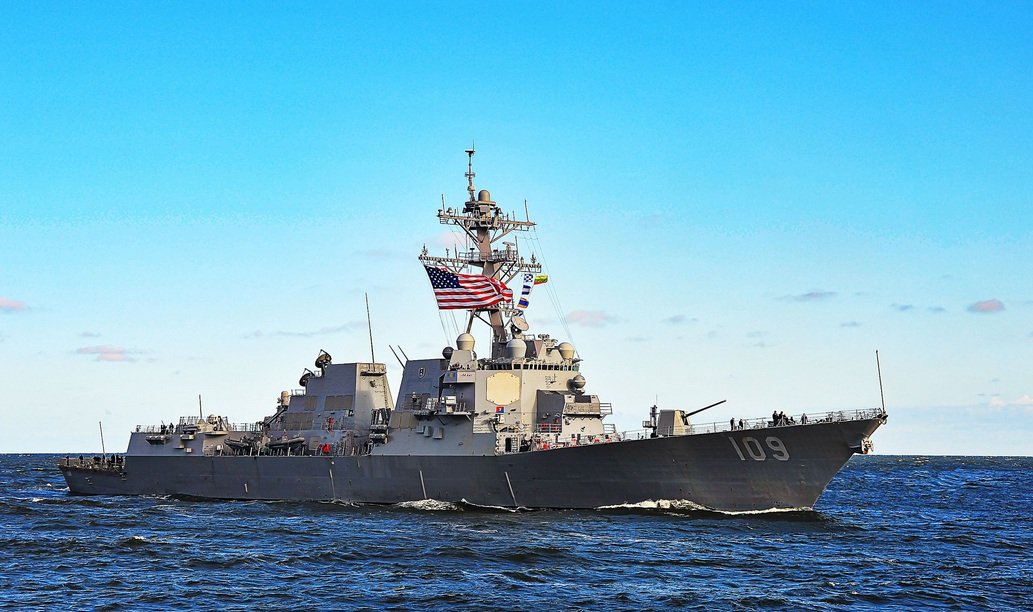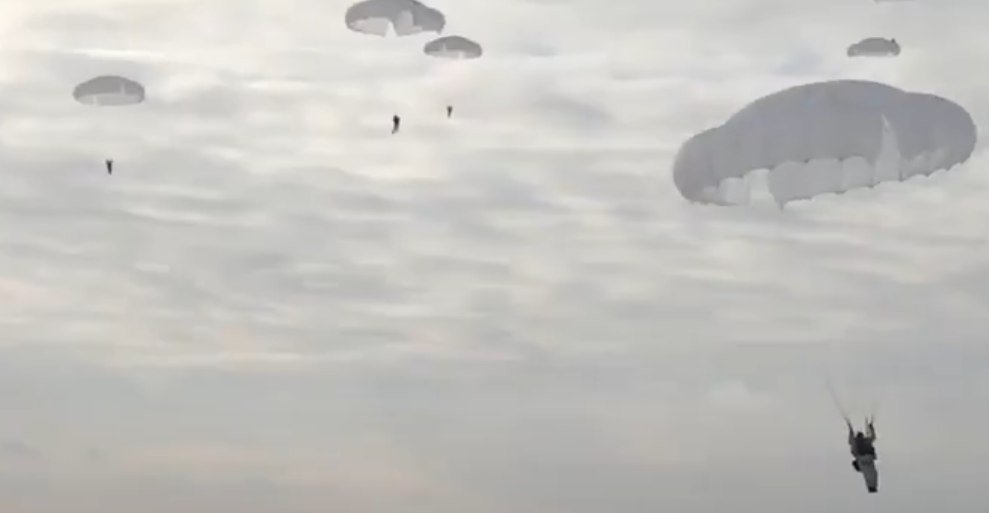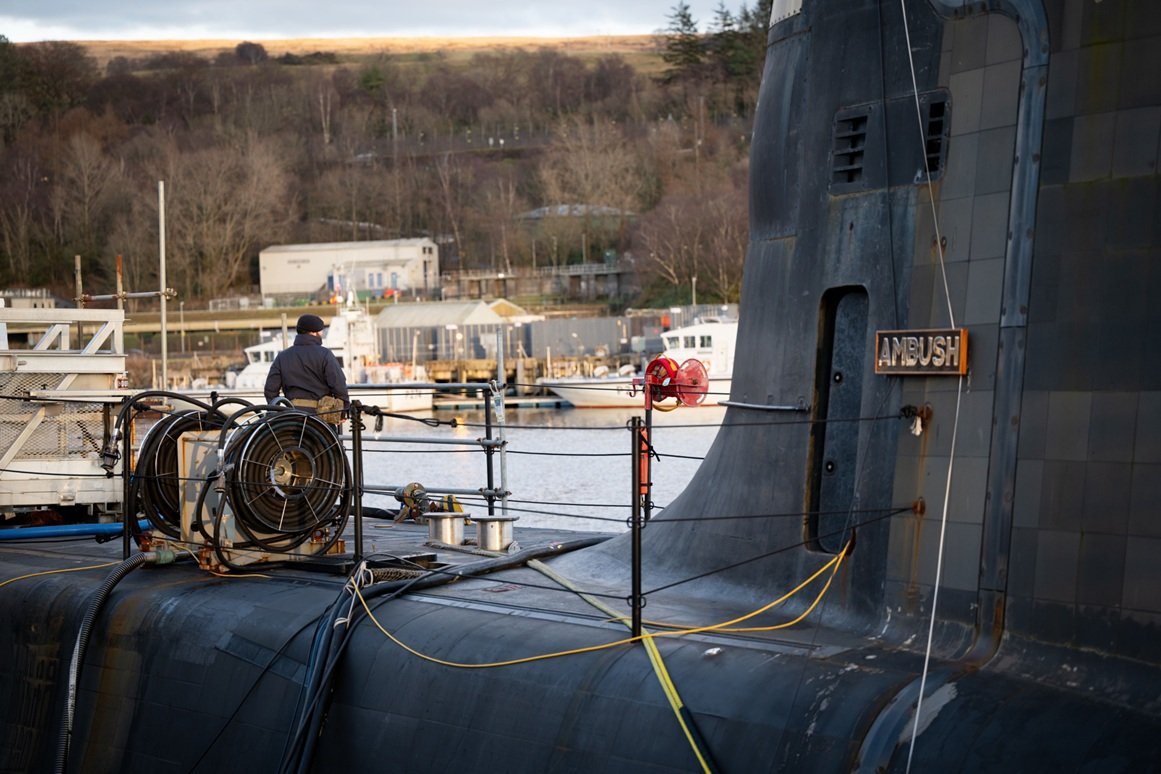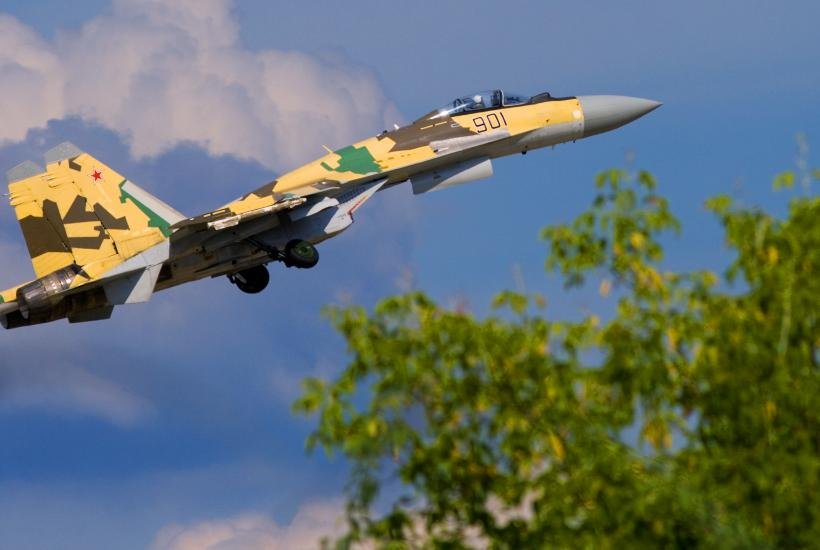
The air battle over Kashmir is a bitter cup for the Serbian air force, which buys defeated aircraft
Serbia, July 23, 2025 – In the modern world of air supremacy, not only technology but also symbolism often decide. When French Rafale fighters clashed with Chinese J-10Cs in the airspace over Kashmir in May 2025, the result had consequences far beyond the map of this tense region. While the Chinese machines armed with modern PL-15 missiles and AESA radars managed to deal a heavy blow to the Indian Rafales in the duel, in another corner of the world – in Serbia – the decision to purchase a dozen of these French aircraft was just reaching its peak. The timing could not have been more ironic.
Serbia has decided to modernize its outdated air force, thereby ensuring greater autonomy, defense capacity and international respect. However, the battle over Kashmir casts doubt on whether the Rafale is truly a tactical advantage or just an expensive reflection of its former glory. While the French aircraft has earned a reputation in the past thanks to its performance and export success, the clash with Chinese opponents has raised questions about its capabilities in future conflicts – and therefore the wisdom of its purchase.
Technical comparison: Rafale vs. J-10C – a clash of two worlds
At first glance, it may seem that the comparison of the French Dassault Rafale and the Chinese Chengdu J-10C is a comparison of two incomparable concepts – one aircraft, which was designed with an emphasis on Western standards, and the other, which was created under the influence of the Soviet design school, but with Asian precision and Chinese ambition to compete with the West in all areas. Yet it is their clash in a real conflict – in the case of Kashmir – that gives this technical debate extraordinary weight. The Rafale is a twin-engine multi-role fighter aircraft 4.5. generation, with an emphasis on balanced performance in all roles – air dominance, reconnaissance, electronic warfare and strikes against ground targets. Its flight characteristics (maximum speed over Mach 1.8, climb rate of 305 m/s, combat radius of 1850 km) make it a versatile platform.

In contrast, the J-10C is a single-engine aircraft with smaller dimensions and lower operating costs. The emphasis is mainly on network connectivity and effective BVR (Beyond Visual Range) capabilities. Speed up to Mach 2, combat radius of around 1700 km and the ability to operate with modern Chinese weapons systems make it a feared adversary. The Rafale F3R and future F4 versions (which Serbia has ordered) use the Thales RBE2 AESA radar, which is proven, reliable, but considered by some experts to be slightly outdated compared to the latest competitors. It has solid detection capabilities and good integration with the European Meteor missiles, but has limited flexibility in jamming or in a strong electronic warfare environment. The J-10C is equipped with the Chinese KLJ-7A AESA radar, developed with an emphasis on BVR combat and the ability to fight beyond visual range. According to available information, the radar can track up to 15 targets at once and simultaneously guide multiple missiles. It is integrated with advanced jamming and defense systems, which apparently proved successful in deflecting Indian missiles in Kashmir.
The Rafale operates with a European arsenal: Meteor missiles for BVR combat (range over 100 km), MICA for medium ranges, and AASM Hammer precision bombs. The Meteor has long been considered the world’s best due to its ramjet propulsion, but its actual deployment in Kashmir has raised questions – according to some reports, it was unable to overcome Chinese electronic defenses. On the other hand, the J-10C uses the PL-15 missile, which is considered a direct competitor to the Meteor, with a range of up to 200 km. The combination with jamming and better situational awareness (thanks to data links within the Chinese AWACS network) gives the J-10C a first-strike advantage.
Although the Rafale excels in versatility, build quality and stable support from Western manufacturers, it turns out that the J-10C is specifically optimized for long-range combat, where the combination of avionics, radar performance and long-range missiles works in its favor. From the perspective of Serbia, which is still trying to modernize and does not have access to the global data environment, the Rafale remains an attractive option – its advantages are complexity, durability and Western political service. But the result of the air duel over Kashmir offers a bitter warning: high price and prestige do not automatically mean superiority on the battlefield.
Strategic significance
This incident confirmed that long-distance warfare is no longer just a question of aircraft or weaponry parameters – what is crucial is the ability to operate in an integrated environment that includes satellites, data networks, AWACS and tactical unit connectivity. The Rafale, although highly efficient, was alone in this conflict – and this proved fatal. From the perspective of Serbia, which plans to operate the Rafale in an isolated defense environment, without NATO satellite support and without a sophisticated Link 16 network, this raises a fundamental question: will the Rafale face similar tactical-strategic isolation in the Balkans to the one it experienced over Kashmir? While the world media analyzed the details of the clash over Kashmir, the Serbian leadership in Belgrade had already signed an agreement for the delivery of 12 Rafale multi-role fighter aircraft. The contract, worth over 11 billion crowns, includes nine single-seaters and three two-seaters, to be delivered in 2024 and 2025, along with training for pilots and ground personnel. Serbia has made its largest military purchase in the history of an independent country.
Rafale as a defeated champion?
The view of the Rafale as a “defeated aircraft” is tempting but simplistic. It should be noted that no aircraft is invincible – and a downing does not automatically prove technological backwardness. The key factor was the combat environment: the Rafale was not part of a larger network-controlled operation, which in modern aviation means losing crucial milliseconds in reactions and retaliation. Did the aircraft fail? Or its context? From this perspective, Serbia is not naive – it is rather betting on stability, experience and access to the West. Yet, on a symbolic level, the purchase of an aircraft that has just been spectacularly defeated seems contradictory. Serbia does not have the opportunity to acquire the full range of support assets for the Rafales – AWACS, satellites, naval platforms or strategic tankers – and therefore risks repeating the Indian experience, but without the Indian penetration and budgetary coverage.
Geopolitical reality
Serbia is in a complex security environment – its historical distrust of NATO, current neutrality and the effort to balance between the West and Russia put it in a specific space for maneuver. The purchase of the Rafale can therefore be seen as a compromise: modernization without excessive political alliances, and at the same time a signal that Serbia is ready to invest in its security “in a European way”. This approach is logical, but at the same time fragile. While technology changes rapidly, symbols remain – and an aircraft that was defeated in a direct clash will carry this label for at least the next few years. This may be especially sensitive if Serbia has to face a domestic debate about “whether we bought a winner or a loser”.


Max Bach


















